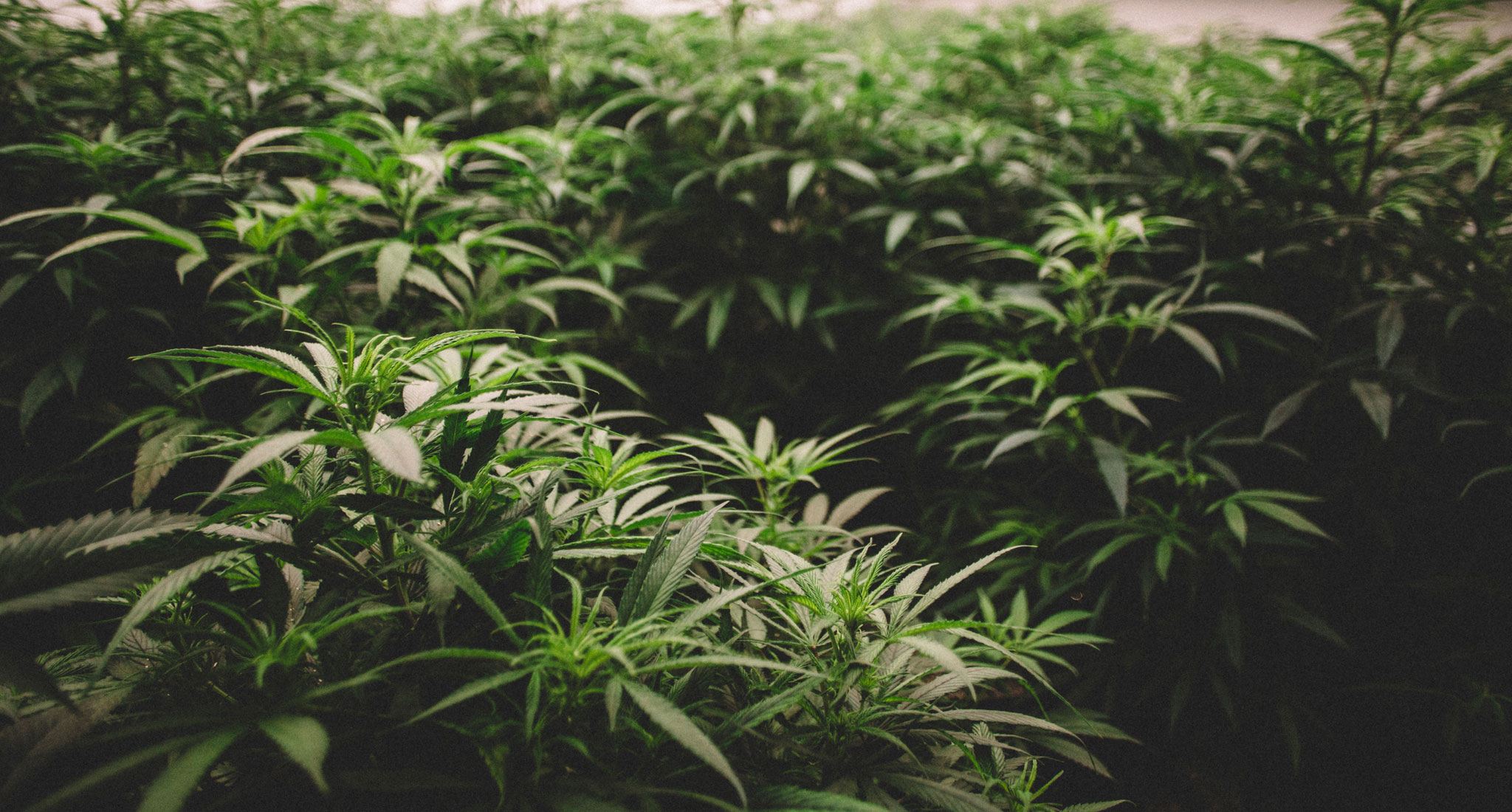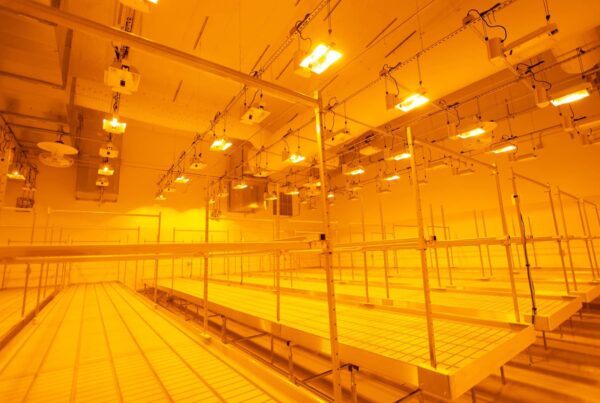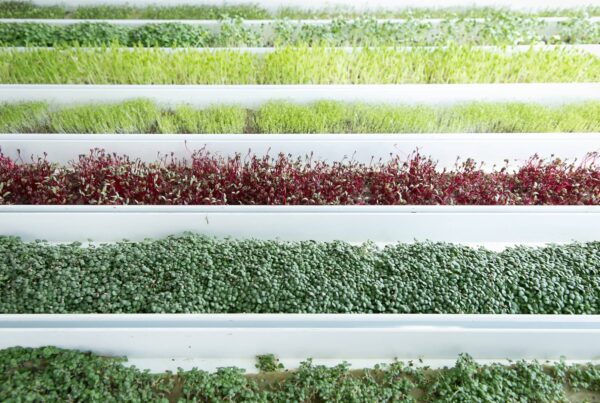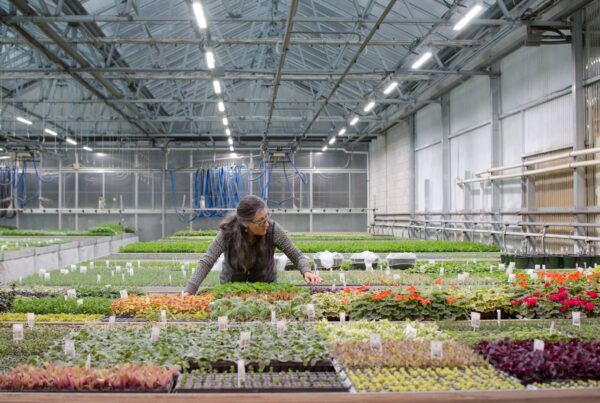Response to Cannabis Administration & Opportunity Act
Background
The regulated cannabis industry produces its core product – cultivated flower – in a variety of manners and therefore has a set of environmental impacts, including energy, emissions, water and waste. The extent of that impact, however, is largely unstudied and is often misrepresented by limited studies inaccurately extrapolating the inefficient practices of the illicit market.
Industry experts from throughout the supply chain agree that, because of the variability in production practices, more data are needed to understand resource usage patterns and trends in today’s dynamic regulated market, which includes outdoor, greenhouse and indoor production. Peer-reviewed research to date indicates that electricity benchmarks can range from 8 to 894 kBtu per square foot of flowering canopy, depending on cultivation methods. Water benchmarks can range from 11 to 198 gallons per square foot, also depending on cultivation method. Carbon emissions resulting from cannabis production differ dramatically based on uses of various sources of energy. When evaluating resource productivity (the amount of product produced per unit of resource consumed) indoor cultivation can yield better results than outdoor. Multi-disciplinary efforts are underway to establish key performance indicators that can guide future research.
While a full picture is not yet available, what is true of all forms of cultivation is that they are reliant on natural resources, particularly energy and water. Energy and water are also top expenses for cultivation operations. As is true in other industries, cannabis companies that use their resources wisely have a greater chance to be cost-competitive and win in the marketplace. A US Department of Energy study indicates that indoor horticultural operations can potentially reduce their energy usage by 50% after they install and properly use efficient technologies such as LED horticultural lighting.
On the international stage, the US will win if its tax-producing companies win. Therefore, it is in the federal government’s environmental and economic interest to improve the efficiency of its cannabis industry.
The real question then becomes, what is the most effective role the federal government can play within the landscape of state and local actions on energy and environmental issues? The balance of this white paper proposes a broadly supported policy framework on cannabis energy and environmental issues.
Context
The cannabis industry is nascent, alive with innovation and increasingly efficient. There are several examples of efficient technologies being developed for, or piloted within, the cannabis industry and then benefiting other agricultural sectors growing food for humans. As was recently reported in POLITICO, the industry’s electricity intensity declined by more than 20% between 2018 and 2020 while its electricity productivity more than doubled. There is evidence that further efficiency is on the rise as more and more state governments, energy providers and efficiency programs influence the market with regulation, education, training and incentives. Production consolidation and shareholder pressure are also forcing operators to reduce cost structures. Yet, despite this positive trend, because of the relative lack of data, there are not clear answers on what is the most effective mix of government actions to accelerate market momentum.
Therefore, our recommendation is that, as federal cannabis regulation is contemplated, the federal government should:
- Learn from state & local actions to date
- Recognize the critical need for data-driven decision-making
- Focus on carrots not sticks
1. Learn from State & Local actions to date
Context: A variety of codes & regulations have been enacted at the state and local level, and are close to showing results. For example, Massachusetts began capping energy usage and specifying efficient lighting standards in 2018, and currently has one full year of data as a result of requiring energy and water reporting of its producers. California, home to 50% of the industry’s cultivation, recently adopted energy codes requiring efficient performance of lighting equipment yet they take effect in 2023 and will begin showing results in 2024. In 2020, Illinois joined several local jurisdictions across multiple states in banning outdoor cultivation due to constituent concerns about odors, a decision certain to put pressure on electricity grids while licensing is still to reach capacity.
Recommendations:
- Provide technical assistance on adoption of codes & standards
- Support best practices knowledge-sharing, education & training
- Encourage consistency in regulations from state to state
2. Recognize the critical need for data-driven decision-making
Context: There is essentially universal agreement throughout the cannabis supply chain that more data are needed to optimize efficiency in cultivation and other production processes. The environmental issues related to cannabis production are complex and local. For example, growing cannabis outdoors in a hot, arid, drought-plagued environment like the Southwest has a different impact than cultivating indoors in a cold climate like the Northeast. Standardized comparison is required. The PowerScore resource benchmarking platform provided by Resource Innovation Institute is specified by governments, vetted by a variety of stakeholders, and used by hundreds of cultivation operations. As a result, the not-for-profit infrastructure is available to inform data-driven decision-making by the federal government and other stakeholders as additional data is analyzed.
As noted above, the legal cannabis marketplace is still in its nascency. It is reasonable to expect that emerging science and manufacturing technology may eventually change the way cannabinoids are derived. As technology and science improves, the regulatory system should be nimble enough to embrace these changes.
Recommendations:
- Encourage resource benchmarking
- Support & align with state reporting requirements
- Do not restrict any form of cultivation in the absence of data substantiating resource efficiency and productivity against emissions indicators
3. Focus on carrots, not sticks
Context: Regulatory actions are extensive throughout state and local cannabis regulation, and those relating to energy and environmental issues are on the rise. Incentives are generally a missing element in the cannabis market, though utility and energy efficiency program rebates have proven to accelerate uptake of high-performance technologies. At the same time, energy requirements enacted in several markets have resulted in reductions of utility incentives due to higher efficiency baselines for cannabis cultivation operations. At the end of the day, there should be support for cannabis companies to make environmentally-preferable choices and ramp up with emerging technologies, just as companies in other industries.
Recommendations:
- Encourage utility incentives during periods of code adoption, as is often done with emerging technologies
- Support workforce education, training and development, including equity programs, for efficiency-related work in indoor agriculture environments
- Provide credit enhancements to back private financing on energy efficient technologies
- Support cannabis-centric voluntary leadership recognition systems that certify facility-level performance
- Offer grants to support efficiency actions by producers, leveraging existing USDA activities as well as targeted services for cannabis producers
- Explore opportunities to provide tax relief, expedited permitting and other incentives based on environmental performance
- Enable extended timeframes, financing and technical assistance for small businesses and undercapitalized entrepreneurs






